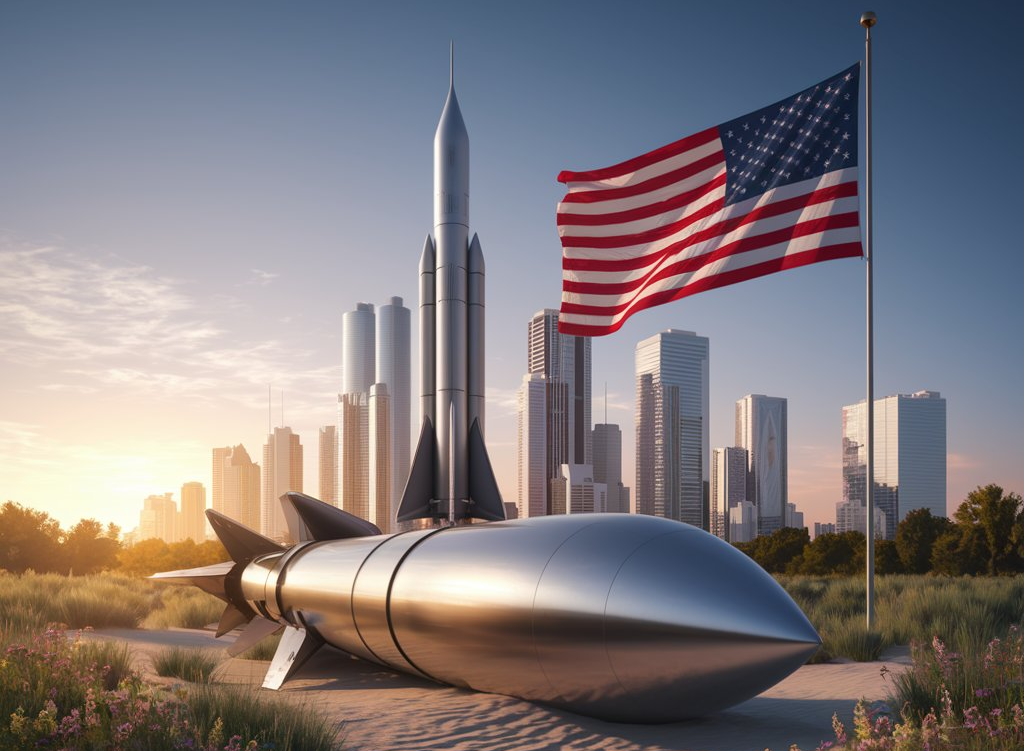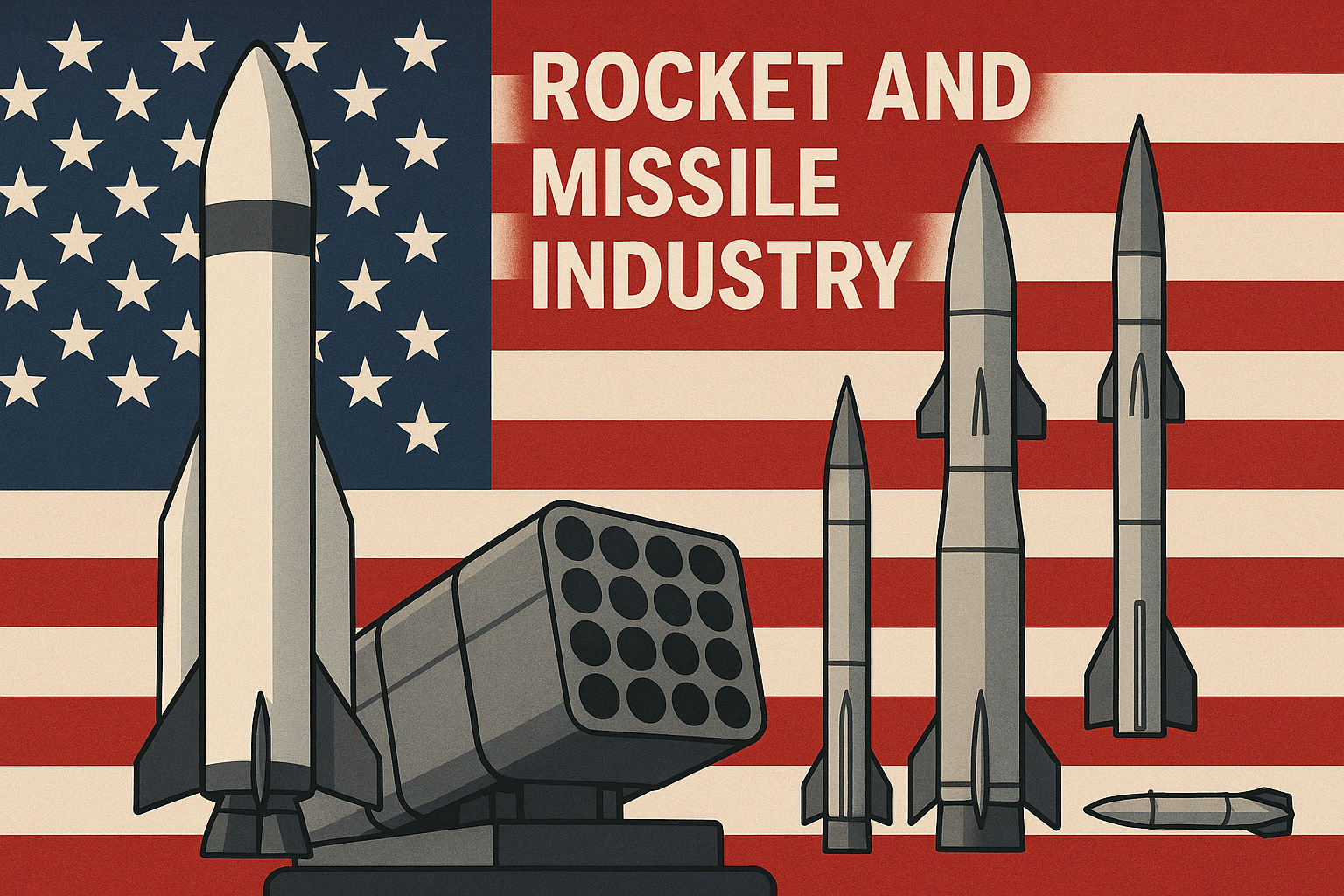The global rocket and missile market is undergoing a pivotal transformation fueled by evolving geopolitical tensions, defense modernization programs, and major shifts in trade policy—especially those set into motion during the Trump administration. As countries continue to bolster their defense postures, the industry is poised for growth across key segments: missiles, rocket artilleries, torpedoes, and various propulsion and guidance technologies.
According to forecasts, the market is expected to grow steadily through 2029, driven by increased defense budgets, rising demand for high-speed and precision-strike capabilities, and a heightened focus on regional security. However, the shadow of Trump-era tariffs continues to influence global supply chains, cost structures, and competitive dynamics.
Request US Tariff Impact Analysis Now @ https://www.marketsandmarkets.com/forms/ctaTariffImpact.asp?id=203298804
Market Segmentation & Growth Drivers
🛠 By Product:
-
Missiles (Surface-to-surface, air-to-surface, anti-ship, anti-tank)
-
Rocket Artilleries
-
Torpedoes
Missiles remain the largest and fastest-growing segment, buoyed by demand from NATO allies, Indo-Pacific nations, and Eastern Europe.
🚄 By Speed:
-
Subsonic: Preferred for cruise missiles due to stealth and fuel efficiency.
-
Supersonic: Increasing demand for rapid-response and anti-access/area denial (A2/AD) strategies.
-
Hypersonic: Critical strategic advantage; major R&D focus in U.S., China, and Russia.
🔋 By Propulsion:
-
Solid and Liquid: Traditional, widely deployed technologies.
-
Hybrid, Ramjet, Turbojet: Fueling the next-gen missile systems, especially in hypersonic and reusable platforms.
🚀 By Launch Mode:
-
Surface, Submarine, Air, and Ship Launched systems continue evolving with increased modularity and mobility.
🛰 By Guidance Mechanism:
-
Inertial Navigation Systems (INS), GPS, Infrared, Laser, and Radar Homing systems are advancing rapidly to improve accuracy, survivability, and electronic counter-countermeasures (ECCM).
🌐 Regional Trends
North America:
-
The U.S. remains the global leader in defense innovation, hypersonic missile development, and tactical rocket systems.
-
Budget increases continue despite fiscal scrutiny, driven by NATO support and Indo-Pacific deterrence.
Europe:
-
Growth driven by Eastern European rearmament, NATO interoperability, and collaborative missile defense programs (e.g., EUROSAM, MBDA).
Asia-Pacific:
-
China and India are both ramping up indigenous missile development. Taiwan, South Korea, and Japan are expanding missile defense investments.
Middle East & Africa:
-
Continued missile proliferation in conflict zones; focus on air defense, drone swarms, and asymmetric threats.
💥 The Trump Tariff Ripple Effect
The Trump administration imposed Section 232 and Section 301 tariffs on steel, aluminum, and Chinese-origin components—many of which are critical to rocket and missile production. Here’s how those policies are still being felt:
1. Raw Material Costs Surge
-
Tariffs on aluminum and specialty steels raised input costs for missile casings, propulsion system housing, and guidance system enclosures.
-
U.S. contractors had to find alternate domestic suppliers, sometimes at a premium, leading to budget overruns.
2. Supply Chain Reconfiguration
-
Restrictions on Chinese electronic components forced major OEMs (e.g., Raytheon, Lockheed Martin) to redesign supply chains to avoid non-compliant parts.
-
Lead times increased, and in some cases, programs experienced development delays.
3. Retaliatory Tariffs & Export Barriers
-
U.S. exporters of missile subsystems and dual-use technologies faced counter-tariffs from China and others, reducing competitiveness in Asian and Middle Eastern markets.
-
Tariffs also discouraged collaborative R&D in allied countries where cost-sharing was essential.
4. Rise of Indigenous Programs
-
Nations impacted by U.S. tariffs accelerated their domestic missile development programs to reduce dependency on U.S. imports (e.g., Turkey, India, and Brazil).
-
The shift reduced global integration and increased localized competition.
🔮 Outlook to 2029
Despite the supply chain and geopolitical disruptions caused by tariffs, the rocket and missile market is forecasted to grow at a CAGR of 5.8% through 2029, reaching over $89 billion globally.
Key Trends to Watch:
-
Hypersonic weapons race reshaping global defense hierarchies.
-
Artificial Intelligence and Autonomy in missile guidance systems.
-
Reusable missile platforms and cost-effective miniaturization.
-
Tariff reform or continuation under future U.S. administrations will shape global competitiveness.
Future Outlook
While the Trump tariffs reshaped defense supply chains and raised costs in the short term, they also catalyzed innovation, self-reliance, and new alliances in missile technology development. Stakeholders in the rocket and missile industry must continue to monitor trade policies closely, diversify their supplier base, and double down on domestic innovation to maintain resilience and competitiveness in this high-stakes domain.


